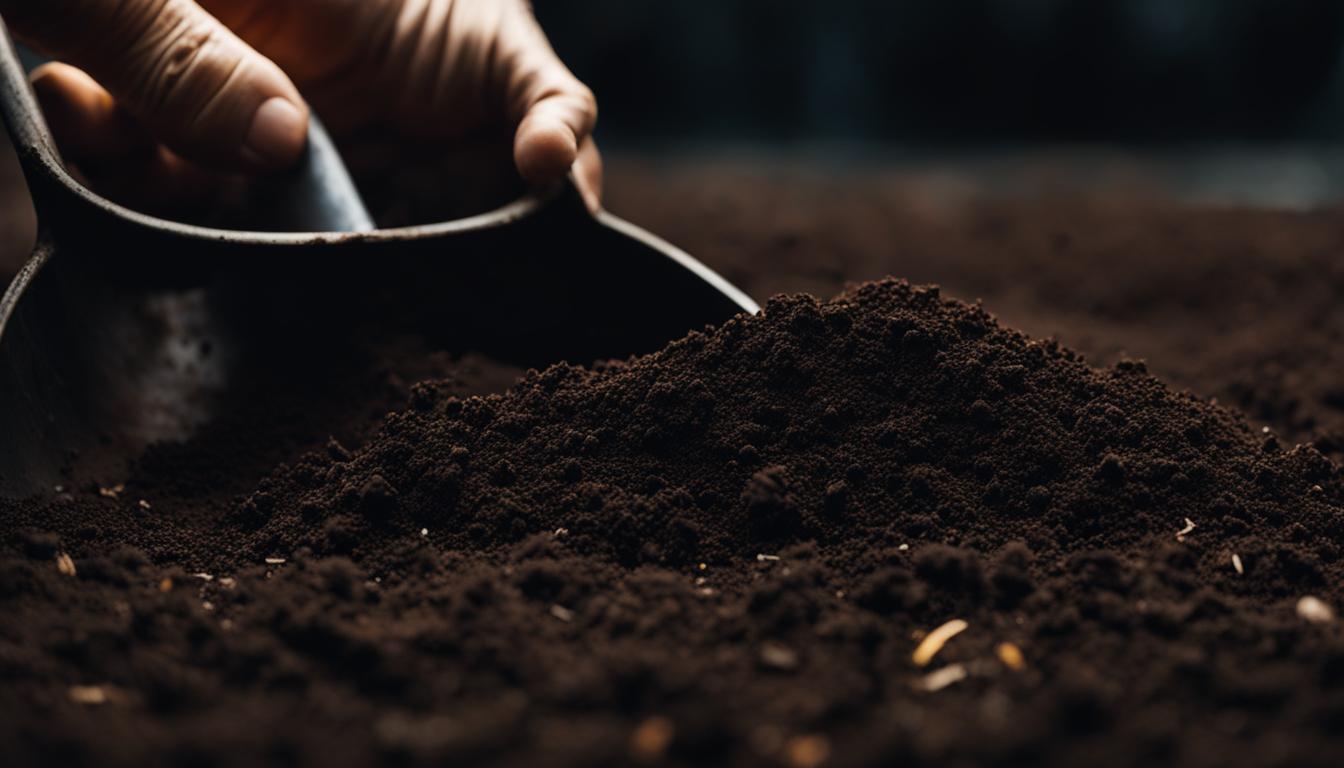
Making your own potting soil can save you money and give you complete control over the quality of the mix. Potting soil is a soilless blend of ingredients used to grow plants in containers.
By creating your own DIY potting soil, you can tailor the mix to the specific needs of your plants, such as drainage, water-holding capacity, and nutrient content. The ingredients commonly used in potting soil include sphagnum peat moss, coir fiber, perlite, vermiculite, sand, limestone, and compost.
Mixing these ingredients in the correct ratios will result in a high-quality potting soil that promotes healthy plant growth in containers.
Key Takeaways:
- Making your own potting soil allows you to save money and control the ingredients.
- Potting soil is a soilless mix specifically designed for container gardening.
- The main ingredients in potting soil include sphagnum peat moss, coir fiber, perlite, vermiculite, sand, limestone, and compost.
- You can customize your DIY potting soil to match the specific needs of your plants.
- Creating your own potting soil promotes healthier plant growth and reduces waste.
What is Potting Soil?
Potting soil, also known as potting mix, is a soilless blend of ingredients specifically designed for growing plants in containers. Unlike garden soil, potting soil does not contain real soil. It is a lightweight and well-draining medium that provides the ideal growing environment for containerized plants.
Potting soil is better draining than garden soil, making it easier to regulate moisture levels in potted plants. It is also lightweight, making it easy to handle and move around. The consistency of potting soil is typically more uniform than that of garden soil, ensuring that every containerized plant has the same favorable growing conditions.
Using potting soil in containers is beneficial because it allows for better root aeration and prevents waterlogging, which can lead to root rot.
The ingredients in potting soil are carefully chosen to provide the necessary nutrients and support for potted plants. With its ideal composition, potting soil allows plants to thrive, producing healthier and more vibrant foliage and blooms.
What Makes Potting Soil an Ideal Growing Medium?
Potting soil is specifically formulated to create an ideal growing medium for container gardening. Its characteristics include:
- Better draining: Potting soil is designed to allow excess water to drain through the container, preventing waterlogging and root rot.
- Lightweight: The absence of heavy garden soil makes potting soil easier to handle and reduces the overall weight of containers.
- Consistent: Potting soil is manufactured to have a consistent texture and composition, ensuring that every batch provides the same optimal growing conditions.
These qualities make potting soil an excellent choice for growing plants in containers, whether you’re cultivating herbs on a balcony or maintaining a collection of potted houseplants indoors. Its specific blend of ingredients creates an environment that promotes healthy root development and overall plant growth.
Quote:
“Potting soil is a game-changer for container gardening. Its unique composition ensures better drainage, lighter weight, and consistent quality, making it the perfect choice for growing plants in pots.”
Potting Soil vs. Garden Soil
| Potting Soil | Garden Soil | |
|---|---|---|
| Contains real soil | No | Yes |
| Drainage | Better draining | Varies based on soil type |
| Weight | Lightweight | Heavier |
| Consistency | Consistent | Varies based on soil type and location |
| Container suitability | Specifically designed for containers | Works best in-ground |
Potting Soil Ingredients
When it comes to creating your own homemade potting soil, there are several key ingredients that you’ll need to consider. These ingredients play a crucial role in providing the necessary nutrients, drainage, and aeration for healthy plant growth. Let’s take a closer look at each of these potting soil ingredients:
Sphagnum Peat Moss:
Sphagnum peat moss is one of the primary components of potting soil. It helps improve drainage while retaining moisture, providing an ideal balance for plant roots. This organic material is commonly used for its ability to hold water and nutrients, promoting healthy plant growth.
Coir Fiber:
Coir fiber is a sustainable alternative to sphagnum peat moss. It offers similar benefits, such as water retention and aeration, making it an eco-friendly choice for homemade potting soil. Coir fiber is derived from coconut husks and is widely available as a renewable resource.
Perlite and Vermiculite:
Perlite and vermiculite are lightweight additives that improve drainage and aeration in potting soil. Perlite is a volcanic rock that is heated and then expanded to create small, porous particles.
Vermiculite is a naturally occurring mineral that is also expanded through heating. Both perlite and vermiculite help prevent soil compaction, allowing for better root development.
Sand:
Sand is commonly used in potting soil to improve drainage and add weight to the mix. It helps prevent waterlogged soil, which can lead to root rot. It’s important to use coarse sand rather than fine sand to avoid compacting the soil.
Limestone:
Limestone is added to potting soil to balance the pH, particularly in peat-based mixes. It helps neutralize acidity and provides a more favorable environment for plant roots. Limestone is available in powdered or granular form and can be incorporated into the potting soil mix according to the specific needs of your plants.
Compost:
Compost is a valuable ingredient in potting soil as it adds nutrients and beneficial microbes to the mix. It enhances soil fertility and promotes healthy plant growth. You can make your own compost using kitchen scraps, yard waste, and other organic materials, or you can purchase it from a local supplier.

By combining these ingredients in the correct ratios, you can create your own high-quality homemade potting soil. Experiment with different combinations to find the mix that works best for your plants’ specific needs.
With a little bit of creativity and the right ingredients, you’ll be well on your way to mastering the art of potting soil.
How to Make Your Own Homemade Potting Soil
Creating your own homemade potting soil is a simple and rewarding process that allows you to customize the mix according to the specific needs of your plants. By blending the right ingredients in the correct ratios, you can create a high-quality DIY potting soil that promotes healthy plant growth in containers.
Here is a step-by-step guide to making your own homemade potting soil:
- Gather your ingredients: You will need a combination of sphagnum peat moss or coir fiber, perlite or vermiculite, sand, limestone (if using peat moss), and compost. These ingredients can be easily found at garden centers or ordered online.
- Measure the ratios: Depending on the type of plants you are growing, you will need to adjust the ratios of the ingredients accordingly. For a general-purpose potting soil, a common ratio is 1 part peat moss or coir fiber, 1 part perlite or vermiculite, and 1 part sand. You can also add limestone and compost in smaller ratios.
- Mix the ingredients: In a large container or wheelbarrow, combine the measured amounts of each ingredient. Use a shovel or your hands to thoroughly mix the ingredients until they are evenly distributed.
- Test the soil: Before using your homemade potting soil, it is recommended to test its pH using a soil test kit. Adjust the pH if necessary by adding more limestone or acidic ingredients like sulfur.
- Store and use: Transfer the homemade potting soil to a clean and dry container with a lid. Store it in a cool and dry place until you are ready to use it. When potting plants, fill containers with the homemade potting soil, ensuring good drainage and proper planting depth for each plant.
By following these steps, you can create your own DIY potting soil that is tailored to the needs of your plants, promoting optimal growth and success in your container gardening endeavors.
“Having control over the ingredients and ratios of your potting soil allows you to optimize the growing conditions for your plants and achieve better results.”
Example Ratios for Homemade Potting Soil
| Ingredient | General Purpose Mix | Cactus and Succulent Mix | Seed Starting Mix |
|---|---|---|---|
| Sphagnum Peat Moss or Coir Fiber | 1 part | 1 part | 1 part |
| Perlite or Vermiculite | 1 part | 1 part | 2 parts |
| Sand | 1 part | 1 part | 1 part |
| Limestone | 1/4 part (if using peat moss) | Not required | Not required |
| Compost | 1/4 part | 1/4 part | 1/4 part |
Adjust the ratios based on the specific needs of your plants.
Tips for Customizing Your DIY Potting Soil
When it comes to gardening, every plant has different needs. That’s why customizing your DIY potting soil is essential to ensure optimal growth and health. By adjusting the ratios of ingredients, you can create a potting mix that caters to the specific requirements of your plants.
First, consider the plant-specific needs. Research the ideal soil composition, drainage, and nutrient requirements for the plants you intend to grow.
For example, some plants prefer a well-draining mix, while others thrive in soil that retains more moisture. By understanding these needs, you can create a tailored potting soil that provides the optimal conditions for your plants to flourish.
Next, experiment with adjusting the ratios of ingredients. For plants that require excellent drainage, consider increasing the percentage of perlite or coarse sand in your mix.
On the other hand, if you’re growing plants that prefer more moisture, increase the amount of sphagnum peat moss or coir fiber. Play around with different combinations until you achieve the desired texture and consistency.
Specialized Potting Soil Mixes
You can create specialized potting soil mixes to cater to specific types of plants. For example, cacti and succulents thrive in well-draining soil with minimal water retention. Mixtures with higher ratios of perlite or coarse sand are ideal for these plants, preventing root rot and promoting healthy growth.
Remember to regularly monitor the performance of your customized potting soil. Adjust the ratios if necessary and pay attention to any signs of stress or nutrient deficiencies in your plants.
Gardening is an ongoing learning process, and by customizing your DIY potting soil, you can provide the best possible growing conditions for your beloved plants.

| Plant Type | Ideal Soil Composition | Recommended Ingredients |
|---|---|---|
| Seedlings and Cuttings | Lightweight, well-draining | Perlite, vermiculite, sphagnum peat moss |
| Potted Trees and Shrubs | Strong drainage, moisture retention | Sphagnum peat moss, compost, coarse sand |
| Cacti and Succulents | Excellent drainage, minimal water retention | Perlite, coarse sand, cactus mix |
Benefits of Making Your Own Potting Soil
When it comes to gardening, making your own potting soil offers a range of benefits. Let’s explore why DIY potting soil is a cost-effective and customizable option, and how it can lead to healthier plants while reducing waste.
One of the main advantages of making your own potting soil is the cost-effectiveness. Buying pre-made mixes can quickly add up, especially if you have a large number of containers or raised beds. By mixing your own potting soil, you can save money and allocate your gardening budget to other essential supplies.
Another benefit is the control you have over the ingredients. When you make your potting soil, you have the freedom to choose organic components and avoid synthetic chemicals.
This control allows you to create a high-quality mix that caters to the specific needs of your plants, promoting healthier growth and reducing the risk of harmful substances.
Furthermore, making your own potting soil offers the opportunity to reduce waste. By reusing ingredients and containers, you can minimize your environmental impact and contribute to a more sustainable gardening practice.
It’s a great way to give a second life to organic materials and reduce the amount of waste that ends up in landfills.
DIY potting soil is a fantastic option for all your gardening needs, especially container gardening. By making your own homemade potting mix, you can enjoy the benefits of cost savings, ingredient control, and healthier plants.
Creating your own DIY potting soil allows you to tailor the mix to meet the specific requirements of each plant you are growing. Whether you’re starting seeds, potting up houseplants, or cultivating a variety of plants in containers, customizing your potting soil ensures optimal growth and success.
With container gardening becoming increasingly popular, homemade potting soil offers a sustainable and customizable solution.
By experimenting with different ingredients and ratios, you can create a high-quality blend that promotes healthy root development, drainage, and nutrient uptake. So why not get your hands dirty and start mixing up your very own homemade potting soil today?
After reading this, check out our other articles on:
- Organic vs. Synthetic Soils: A Comprehensive Comparison
- Organic Potting Soil for Healthy Plants to Boost Your Greens
FAQ
What is potting soil?
Potting soil, also known as potting mix, is a soilless blend of ingredients specifically designed for growing plants in containers. It provides a lightweight and well-draining medium that is ideal for containerized plants.
What ingredients are commonly found in potting soil?
Common ingredients in potting soil include sphagnum peat moss, coir fiber, perlite, vermiculite, sand, limestone, and compost. These ingredients are blended in specific ratios to create a high-quality potting mix.
How do I make my own homemade potting soil?
Making homemade potting soil involves blending the ingredients in the correct ratios. You can mix large volumes in a cement mixer or smaller quantities in a wheelbarrow or large bucket. Thoroughly mix the ingredients to create a consistent blend.
Can I customize my DIY potting soil for different plants?
Yes, one of the advantages of making your own potting soil is the ability to customize it to match the specific needs of your plants. You can adjust the ratios of the ingredients to create a potting mix that caters to different types of plants.
What are the benefits of making your own potting soil?
Making your own potting soil can be cost-effective, giving you control over the ingredients and allowing you to create a high-quality mix. By using organic ingredients and avoiding synthetic chemicals, you can promote healthier plant growth. It also helps reduce waste by reusing ingredients and containers.

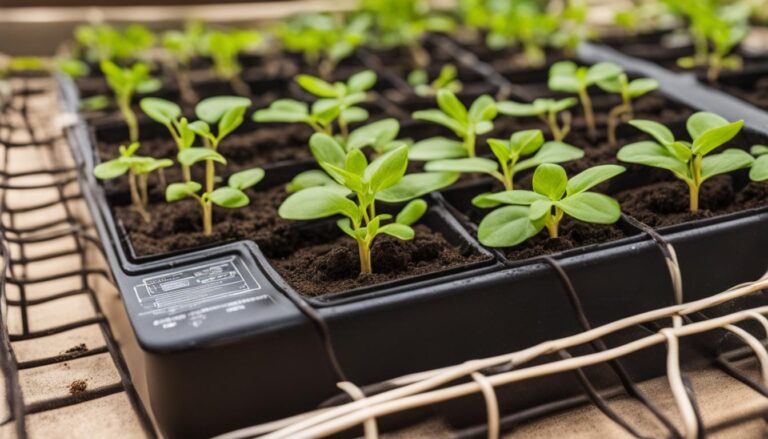
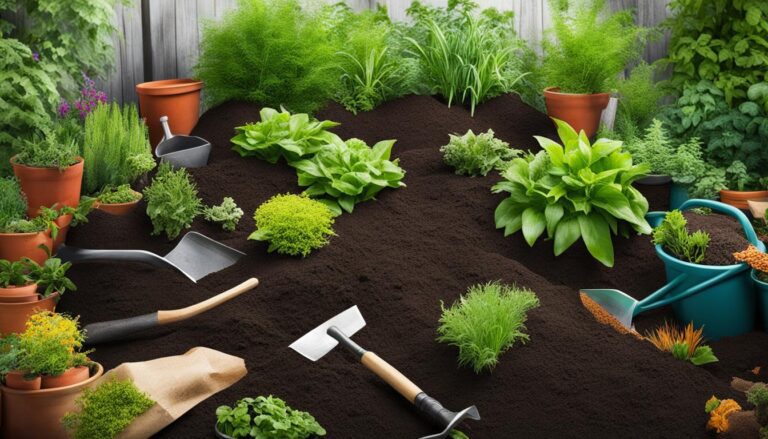
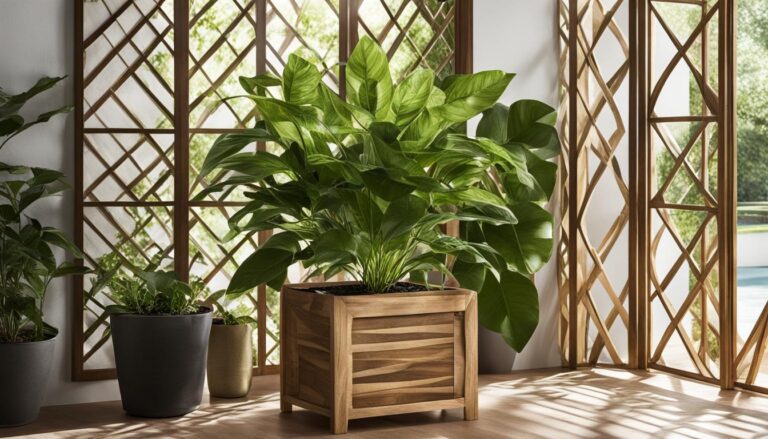
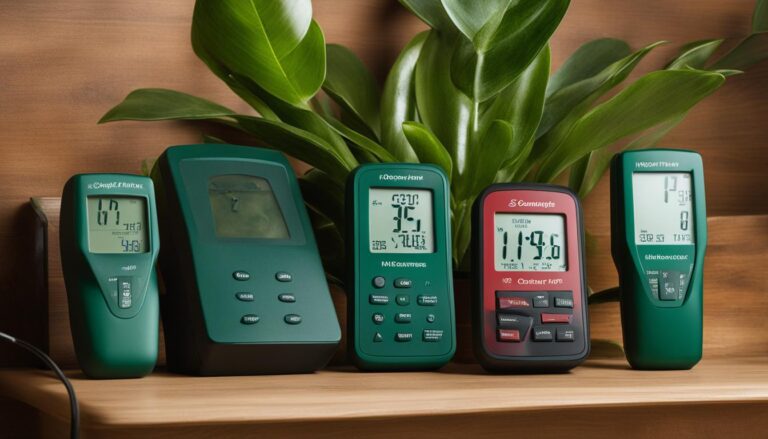
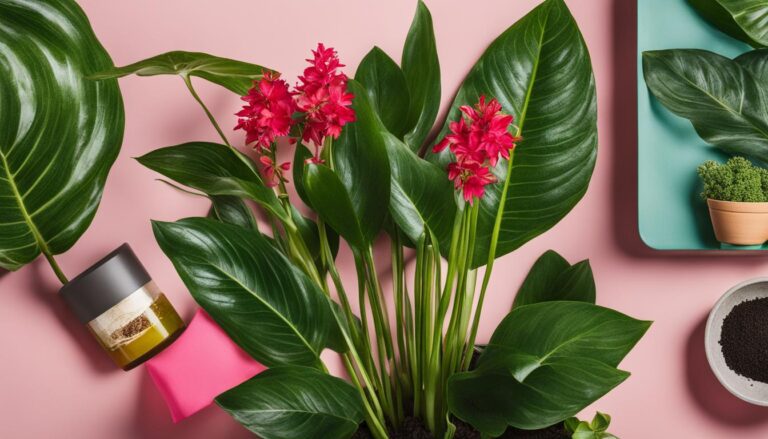
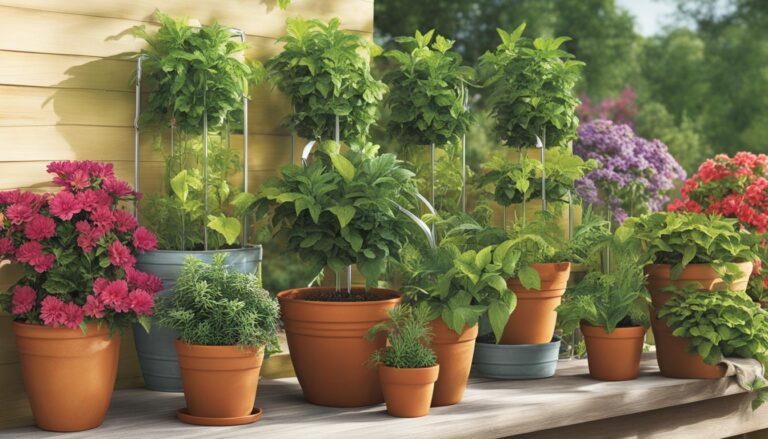
4 Comments